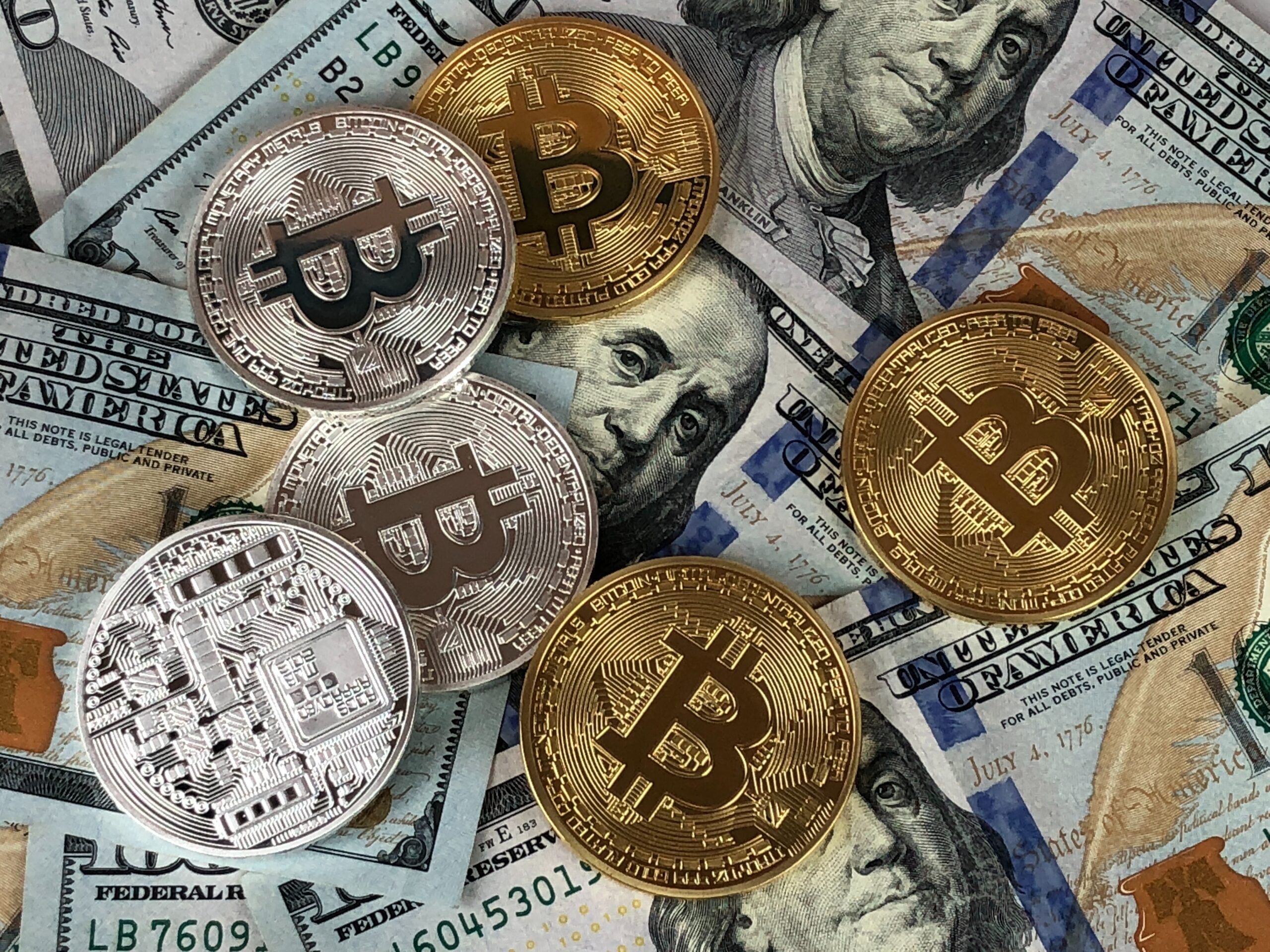By Daniel Eisenhut
In January 2009, Satoshi Nakamoto launched the world’s first cryptocurrency, Bitcoin. But Nakamoto isn’t a real person–the name Satoshi Nakamoto is a pseudonym for the creator (or creators) that created bitcoin. And to this day, their identity remains a mystery and the subject of many theories.
When first introduced, Bitcoin was valued at $0. The first known commercial transaction using Bitcoin occurred on May 22, 2010, when 10,000 Bitcoins were traded for two pizzas. Almost 12 years later, the value of Bitcoin oscillates around 50,000 Canadian dollars. Those original two pizzas? Today, they’d cost around $500 million.
The cryptocurrency market is based on the idea started by Bitcoin: money can be sent and received by anyone, anywhere in the world without relying on trusted intermediaries, such as banks and financial services companies. Some of the concepts that explain the value of Bitcoin (and most cryptocurrencies) are trust, security, and scarcity. Trust, because people accept that crypto can be used as a means of payment; security, as transactions are checked and validated by many ‘miners’, in a system called blockchain; and scarcity, which restricts the number of Bitcoins to be generated to 21 million. Bitcoin supply is predicted to end in 2140.
This market is a reality, and its total value exceeds two trillion dollars. Some experts say that it will become a giant after surpassing five trillion dollars. Large companies and institutions such as MicroStrategy, Tesla and Microsoft have cryptocurrencies in their investment portfolios. While some countries like El Salvador are adopting cryptocurrencies as a legal tender, other countries like the United States and Canada are acting in the regulation, so significant is the growth and impact of them on the economy.
Nowadays, there are over 18,000 cryptocurrencies available, the vast majority introduced in the last five years, and this number has been increasing rapidly, with new releases daily. With so many options and different functions, it is difficult to understand and distinguish cryptocurrencies, and classifying them is not a simple task at all.
I leave below a modest attempt to give an idea to those who are interested in this market. But be warned–investing in crypto is very risky. A lot of caution and study is recommended before getting into these investments and this is not a recommendation to buy any of the cited cryptocurrencies.
Payment Currencies: The function by which cryptocurrency was conceived, as a decentralized form of payment. Bitcoin and XRP are examples.
Blockchain Economies: They work as a platform for decentralized applications. Smart contracts such as Ethereum and Solana, and decentralized finances like Uniswap are some examples.
Privacy Coins: Focus on increasing the privacy and security of transactions within this market. Monero, Dash and Zcash are between these coins.
Utility Tokens: They are used as exchange currency for goods and services. The hipped non-fungible-tokens (NFTs) found in play-to-earn games, such as Axie Infinity and Sandbox are among them.





